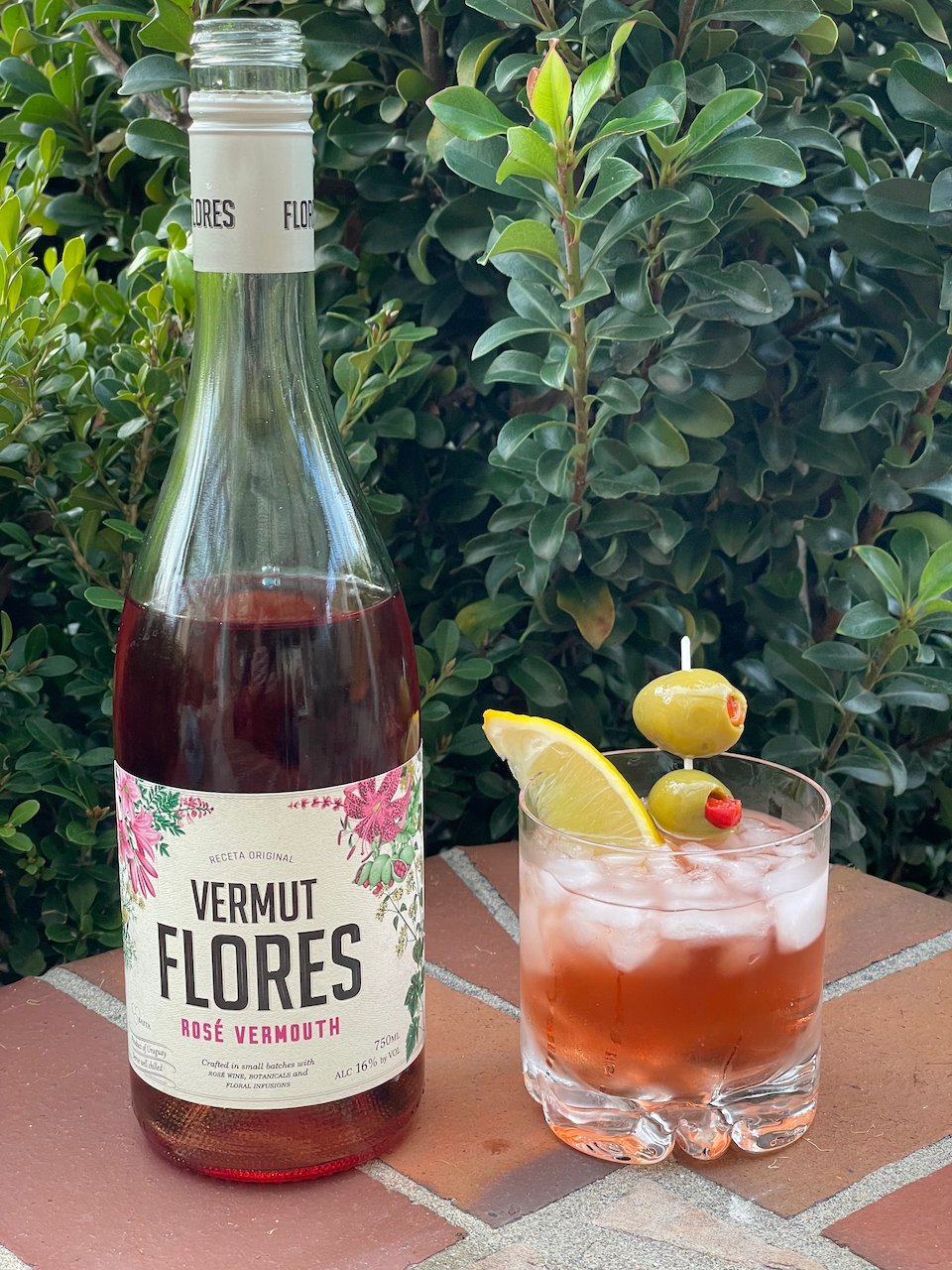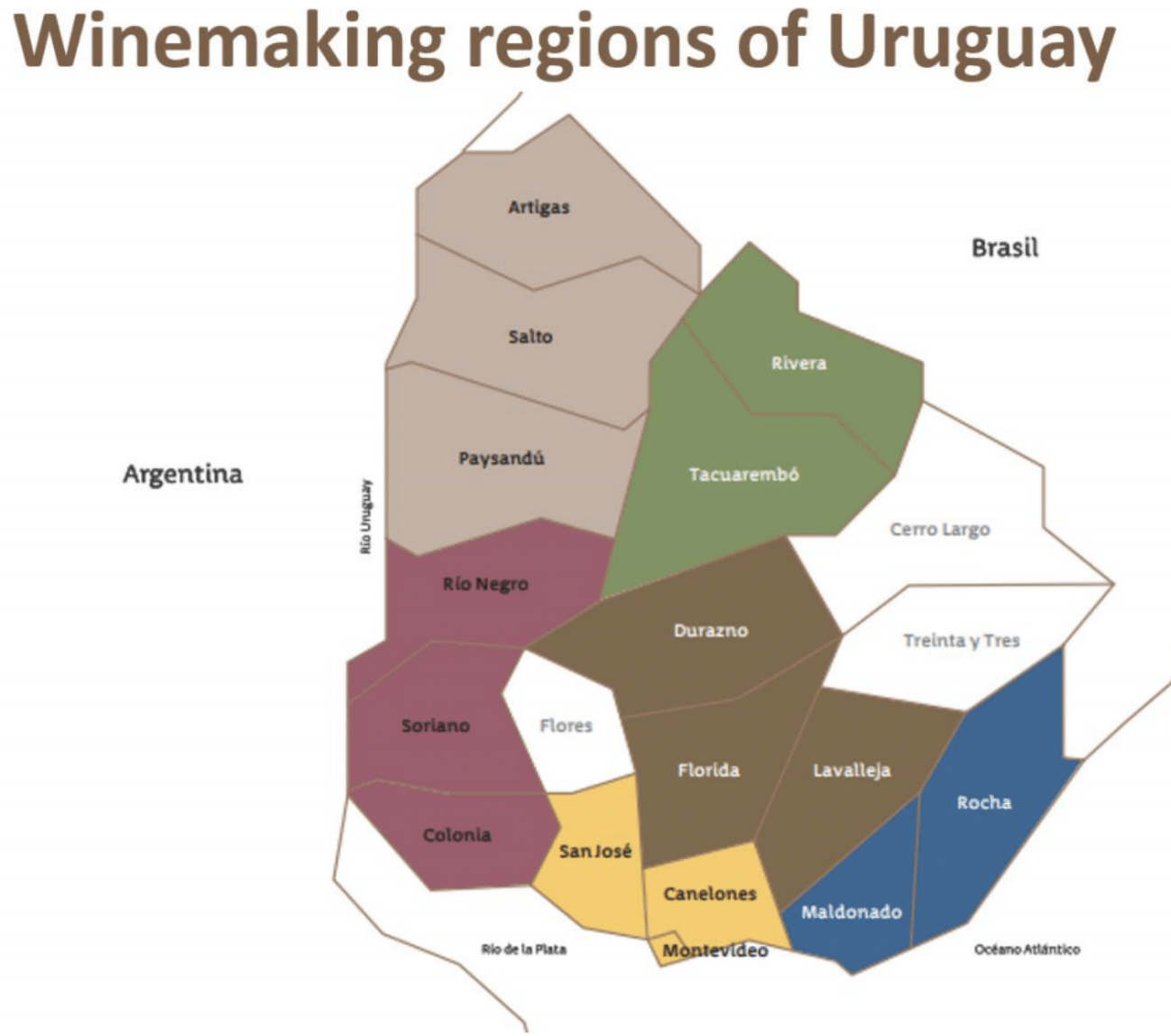2020 Bodegones Del Sur Cabernet Franc ($20)
In Uruguay, Bodegones literally translates as “still lifes,” pictorial compositions that represent foodstuffs and daily objects where wine always has a privileged place. Del Sur mean “from the south.”
This Bodegones Del Sur Cabernet Franc is produced in Uruguay’s Juanicó region which is just north of Montevideo in southern Uruguay. And, just as a reminder, Cabernet Franc is the parent grape of both Merlot and Cabernet Sauvignon!
After a pre-selection of the grape clusters in the vineyard, a further grape-by-grape selection is then done at the winery. To extract all the desirable compounds from the grapes, maceration precedes as well as follows the fermentation with selected yeasts. Finally, 30% of the wine ages in American and French oak barrels.
This Bodegones Del Sur Cabernet Franc is medium purple in color with aromas of red fruit, raspberries and herbs. On the palate it is medium-bodied with medium tannin and medium-high acidity. It has red fruit and cherry flavors with just a hint of tartness. This is a young wine that could probably use a bit more time in the bottle to fully develop. (note: this wine was decanted for 30 minutes prior to serving).
The wines of Uruguay, including this Bodegones Del Sur Cabernet Franc, are great values that fit right in as a Behind the Cork™ Wine of the Week. Cheers!
Disclosure of Wine Sample Submission: I received this sample at no cost for review. The opinions expressed are entirely my own.
Sample Provided by Juanico.com and Creative Palate Communications






